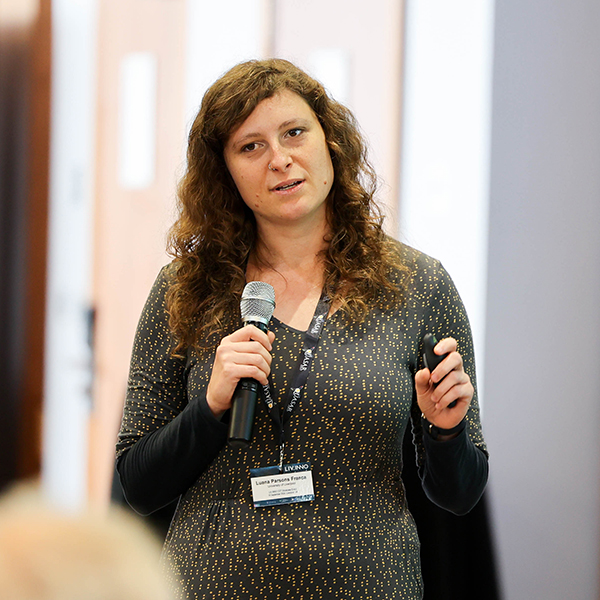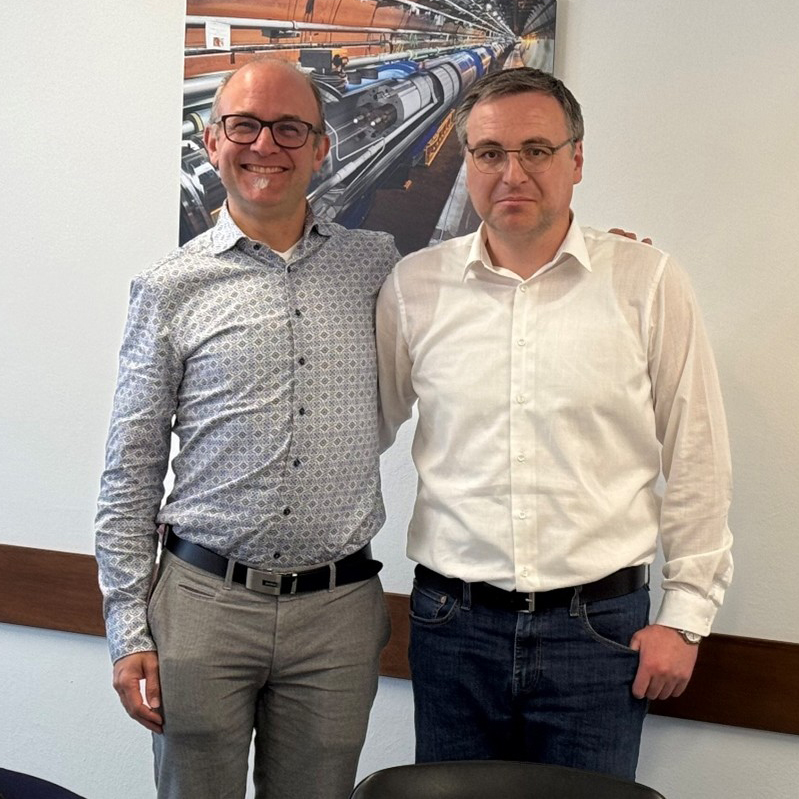Over the last months, several PhD students affiliated with the Cockcroft Institute have successfully concluded their theses, marking an important step forward in their research paths.

Alexander Morris from passed his viva in November. His PhD thesis ‘Design of a Compact High-Flux Gamma Ray Source’ covered the generation and detection of high energy gamma photons and was supervised by Prof Laura Corner (University of Liverpool) and Dr Peter Williams (ASTeC).
During his project he produced a design study of a storage ring to produce gamma rays by inverse Compton scattering. Alex’s work covered the design of a laser plasma accelerator injection line into the storage ring, the storage ring itself and of an optical cavity to allow the interaction of a stored laser pulse with multiple electron bunches to provide a high flux of tunable gamma rays, which have applications in nuclear screening and security. In addition to this design work, Alex also participated in experiments with colleagues from the Central Laser Facility on the Vulcan petawatt laser, and at the ZEUS laser at the University of Michigan on a campaign led by the University of York, to test new methods of detecting high energy gamma rays.

Sara Morales Vigo from the QUASAR Group graduated in September. Her work on ‘Improvement of Accelerator Diagnostics via the Development of Beam Loss Calibration and Pattern Recognition Algorithms for the Large Hadron Collider Beam Loss Instrumentation Detectors’, was supervised by Prof Carsten P Welsch and Dr Joseph Wolfenden (University of Liverpool), as well as Dr Belén María Salvachua Ferrando (CERN).
Sara’s project demonstrated how the LHC’s Beam Loss Monitoring (BLM) system, originally designed purely to protect the accelerator from damaging beam losses, can also serve as a powerful diagnostic tool for understanding beam behaviour. By analyzing beam-loss tests and developing new calibration techniques for the LHC’s ionization chambers and fast diamond detectors, her work made it possible to identify where, how, and why particles are lost around the 27 km accelerator ring. The improved calibration techniques that Sara developed now help distinguish harmless, unavoidable loss patterns from those signalling hardware issues or sub-optimal machine settings.
Earlier this year, two students in the QUASAR Group who are also both part of the LIV.DAT CDT have successfully defended their theses and passed their PhDs.

Luana Parsons Franca completed her PhD on ‘Secondary Emission Monitor (SEM) optimisation at the CERN fixed target beamlines’ as part of the final cohort of LIV.DAT students.
The research conducted in this project focused on improving the absolute calibration and calibration stability of the SEM foils used in the slow extraction lines of the SPS. The aim was to create new solutions for online calibration, comparing SEM data with that of Optical Transition Radiation (OTR) and Cherenkov detectors, to optimise the electrodes/grids of the SEMs to improve secondary emission, and to employ machine learning techniques to boost the data analysis.
Luana spent two years at CERN as in order to complete this PhD. She was supervised by Prof Carsten P Welsch, Dr Hao Zhang (University of Liverpool) and Dr Federico Roncarolo (CERN).

Cristian Bontoiu was an associate student on the LIV.DAT program, thereby benefitting from the training available as part of this program while being funded from elsewhere. He had his PhD viva on his thesis about ‘Electron Acceleration in Carbon Nanotubes’, supervised by Prof Carsten P Welsch.
Cristian’s work presented the first numerical evidence that carbon nanotubes can support laser-driven wakefield acceleration with extremely high gradients. His simulations showed that CNT targets can produce ultra-short electron bunches just 5–10 femtoseconds long with charges approaching 1 nanocoulomb, accelerated by extreme fields of up to several Teravolt per meters. His results have paved a way towards ultra-compact accelerators. This shows great prospects for ultrafast science, advanced light sources, and next-generation accelerators more generally.
The research conducted in this project opened the possibility to create small-scale and cost-effective accelerators for fundamental scientific and medical research.
Congratulations!
